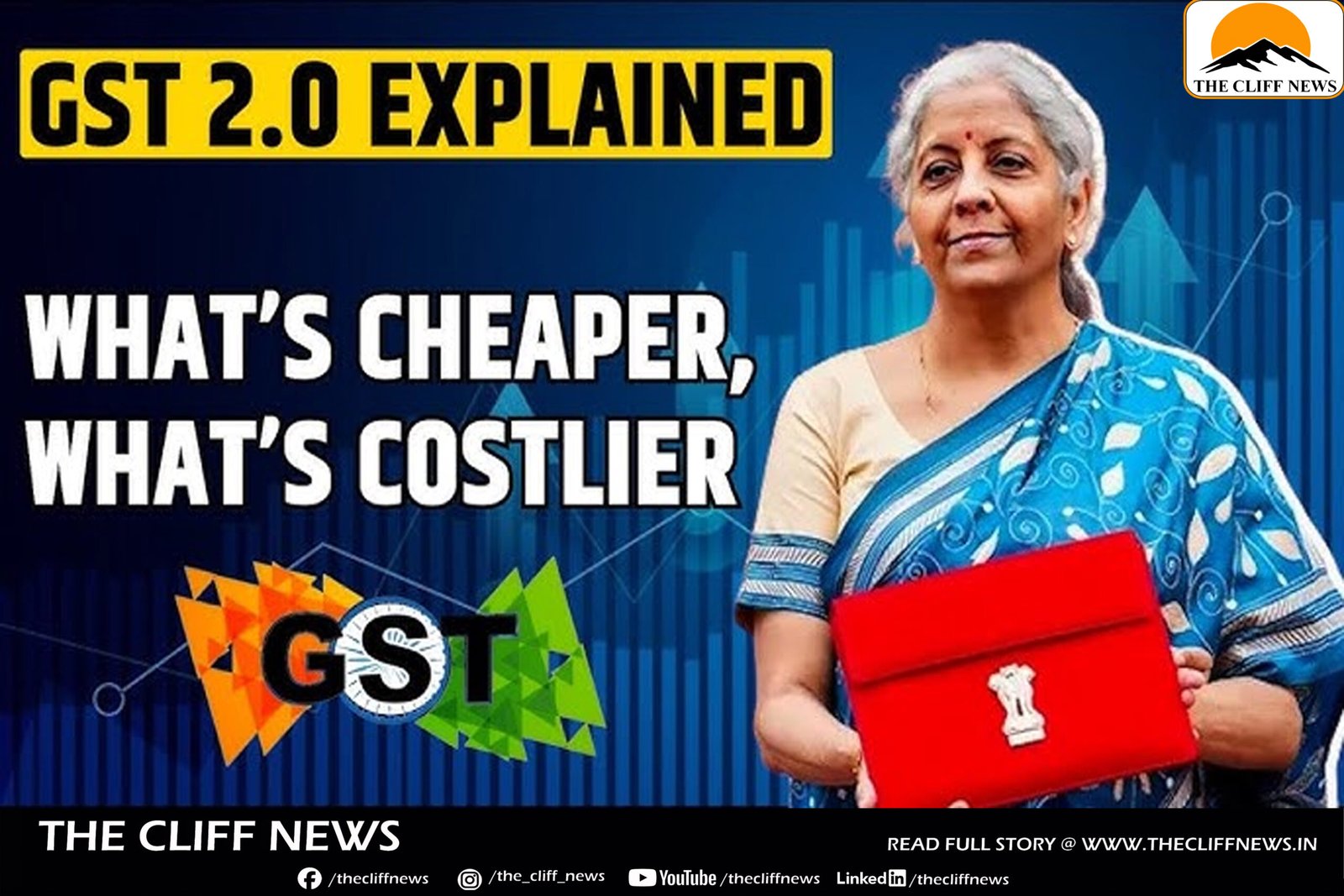The Centre is preparing for the biggest reform in the Goods and Services Tax (GST) regime since its rollout in 2017. According to a CNBC-TV18 report, the Group of Ministers (GoM) on rate rationalisation is likely to propose cutting down the current four-slab structure (5%, 12%, 18%, 28%) to a simpler two-rate system of 5% and 18%.
Healthcare Gets Top Priority
- All medicines currently taxed at 12% may be moved to the 5% bracket, making drugs significantly cheaper.
- Over 30 cancer medicines and life-saving drugs for rare diseases are expected to be made tax-free.
- Medical-grade oxygen, iodine, potassium iodate, and several surgical instruments will also see a tax cut to 5%.
Daily-Use & Essential Items to Get Cheaper
- Durables like washing machines, refrigerators, and air conditioners may move to lower tax slabs.
- Agriculture: fertiliser acids, bio-pesticides, micronutrients, drip irrigation systems, tractors and their parts will be taxed at just 5% (down from 12–18%).
- Renewable energy devices: solar cookers and water heaters to attract 5% GST.
- Textiles & handicrafts: synthetic yarns, carpets, handicraft idols, terracotta ware, and footwear below ₹2,500 will be taxed at 5%.
- Education supplies: maps, atlases, pencils, crayons, sharpeners, geometry boxes, and notebooks will get cheaper.
- Food items: butter, ghee, dry fruits, confectionery, juices, ice cream, cereals, and even packed drinking water will see lower GST.
Entertainment & Travel
- GST on economy cinema tickets will be cut to 5% (from 12%).
- Premium air tickets will attract 18% GST (up from 12%).
Economic Impact
Analysts say the rationalisation could simplify compliance, stimulate consumption, and strengthen GST as a revenue pillar contributing ~30% of total collections (around 2.5% of GDP in FY2024–25).
The move also comes at a time when India faces external trade shocks such as the 50% tariffs imposed by the US on Indian goods. Experts suggest lowering GST on “common man items” will cushion domestic demand and reduce inflationary pressure.



